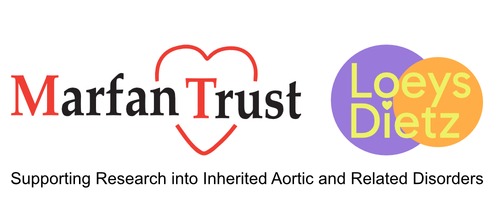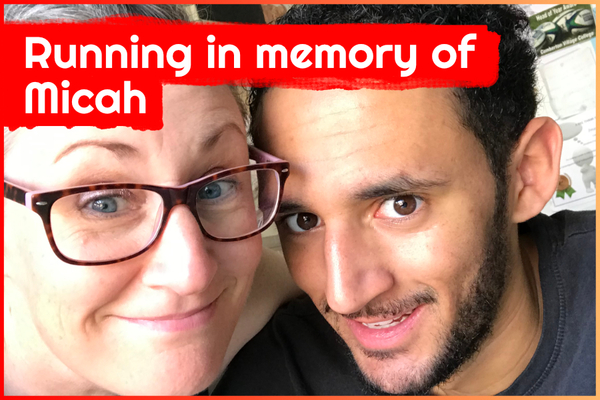Achieving definition in an uncertain world gives you strength and solace. The new year has brought a surge of gym memberships as people strive to lose Christmas calories and hope to gain muscle definition. A sculpted body signals strength of mind and boosts self-confidence in today’s competitive society. But toning muscles can be harder in Marfan syndrome and attempts to build them up potentially harmful to your health. What can - and can’t - you do in the gym as a Marfan patient?
Q: My teenage brother has just been diagnosed with Marfan syndrome. He loves sport and used to be part of a boxing club and join football clubs after school. He has recently joined the gym where he really wants to build muscles. He is quite strong already because of his stature. I have read on your website that strenuous exercise is discouraged. However, there are many athletes that have the syndrome such as basketball players and they can compete.
I would like to know if my brother is doing more harm than good by going gym and other strenuous exercises? Should he stop?
A: This is a great question and one that comes up all the time during clinic appointments: should I do exercise, what is safe, how much can I push myself. The gym and weightlifting seem to be really popular amongst young people at the moment and your brother is obviously no exception but with his Marfan syndrome it is really sensible to stop and think about the types of exercise that are safe for him.
The first thing to say is that exercise is important for all of us, it has proven benefits for both our physical and mental health.
You mention that your brother was playing football, and this is a cardiovascular exercise which is important for reducing the risk of certain conditions like high blood pressure, stroke, Type 2 diabetes, coronary artery disease. It also helps strengthen your heart and has other benefits such as improved mood and sleep. As Marfan syndrome affects everyone so differently, it’s important for him to be assessed and have individualised recommendations be made for him by his doctors. If he has hypermobile joints and is at risk of dislocation or injury, then football may not be a good idea for him. If he has eye issues or a dilated aorta, again the risk of injury during tackles may mean that football is not recommended. However, if he is just having a kick-about with friends that should be OK, and he can play for shorter periods of time. With any cardiovascular sport your brother should be exercising at a moderate level, he should not push himself to extremes. A good measure of this is the ability to speak in sentences, whilst carrying out exercise. If he can do so, this is a sign that he is exercising at around the right level.
Boxing is not recommended due to the high contact nature of the sport and the risk of injury to the eyes, chest (aorta) so I think it is sensible that he has stopped this. You mention basketball players and athletes who have Marfan syndrome. The recommendation if you have Marfan syndrome is that you do not pursue sport at a competitive level. Are you referring to sports people who have a confirmed diagnosis of Marfan syndrome?
Regarding the question about weightlifting, these types of exercises are known as ‘Isometric’ or ‘Static’ exercises and involve straining, pushing or pressing to lift a weight. These types of exercises that require you to strain excessively can lead to sharp rises in blood pressure that can have a detrimental effect on the aorta. This is riskier in people with Marfan syndrome as their aorta may already be dilated, your brother should have had echo scans (ultrasound scans of his heart) or an MRI scan to look at his aorta so again, he should discuss this with his doctor. It could still be possible for him to lift lighter weights with more repetitions and he can get advice on this from his doctor.
The key is an individualised review for your brother, he may need an exercise test which will give his doctor more information about his fitness.
Keep in mind that your brother has a lot to deal with right now. A new diagnosis of a long-term condition at this age can be difficult to deal with and being told you can’t do things you love or are part of your identity can be a struggle. He will need support and understanding to try and find other things that he can get involved in.
If you would like to read more detail the following document has the latest recommendations in Section 10.
2022 ACC/AHA Guideline for the Diagnosis and Management of Aortic Disease: A Report of the American Heart Association/American College of Cardiology Joint Committee on Clinical Practice Guidelines
https://www.ahajournals.org/doi/10.1161/CIR.0000000000001106









